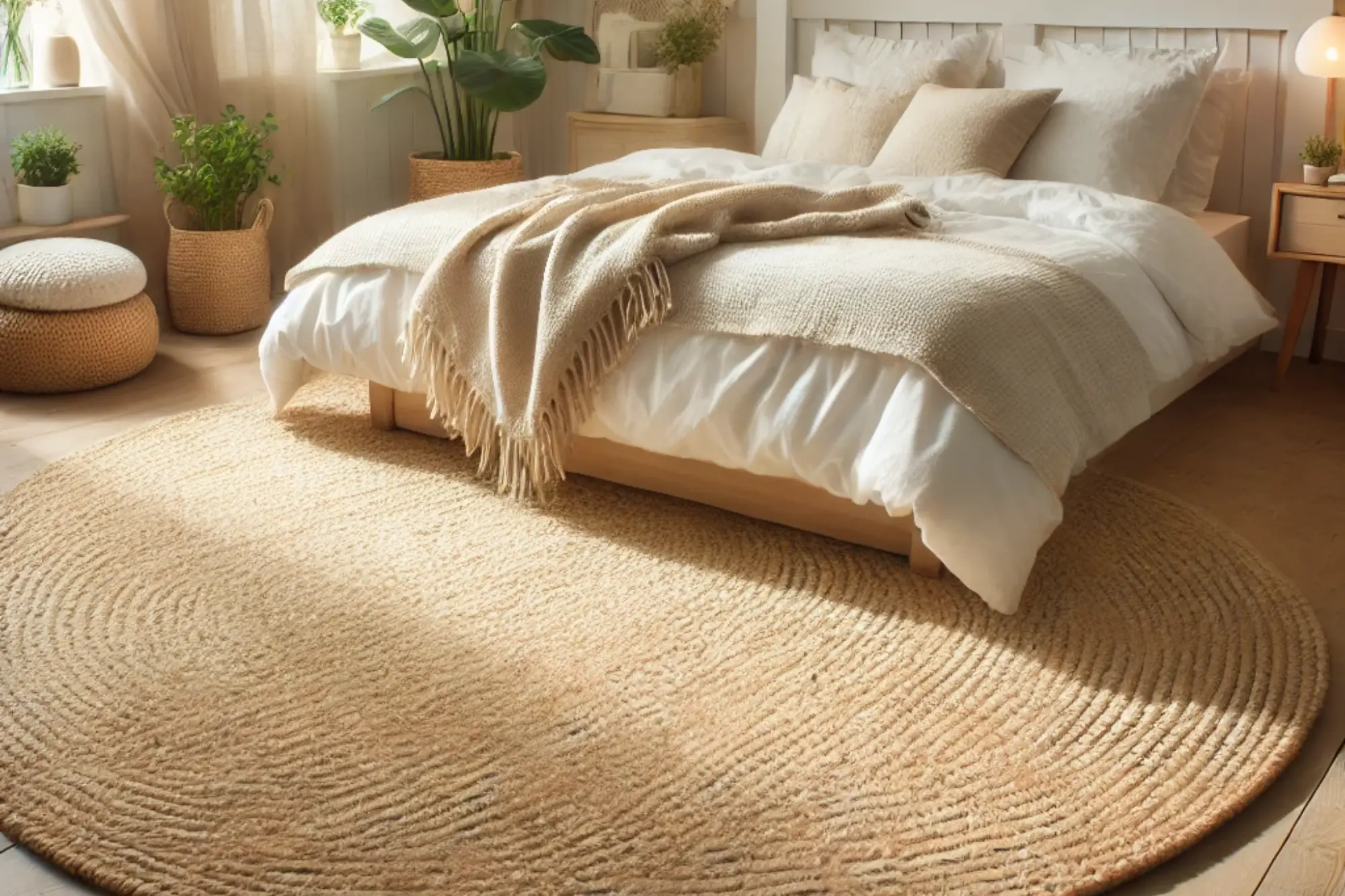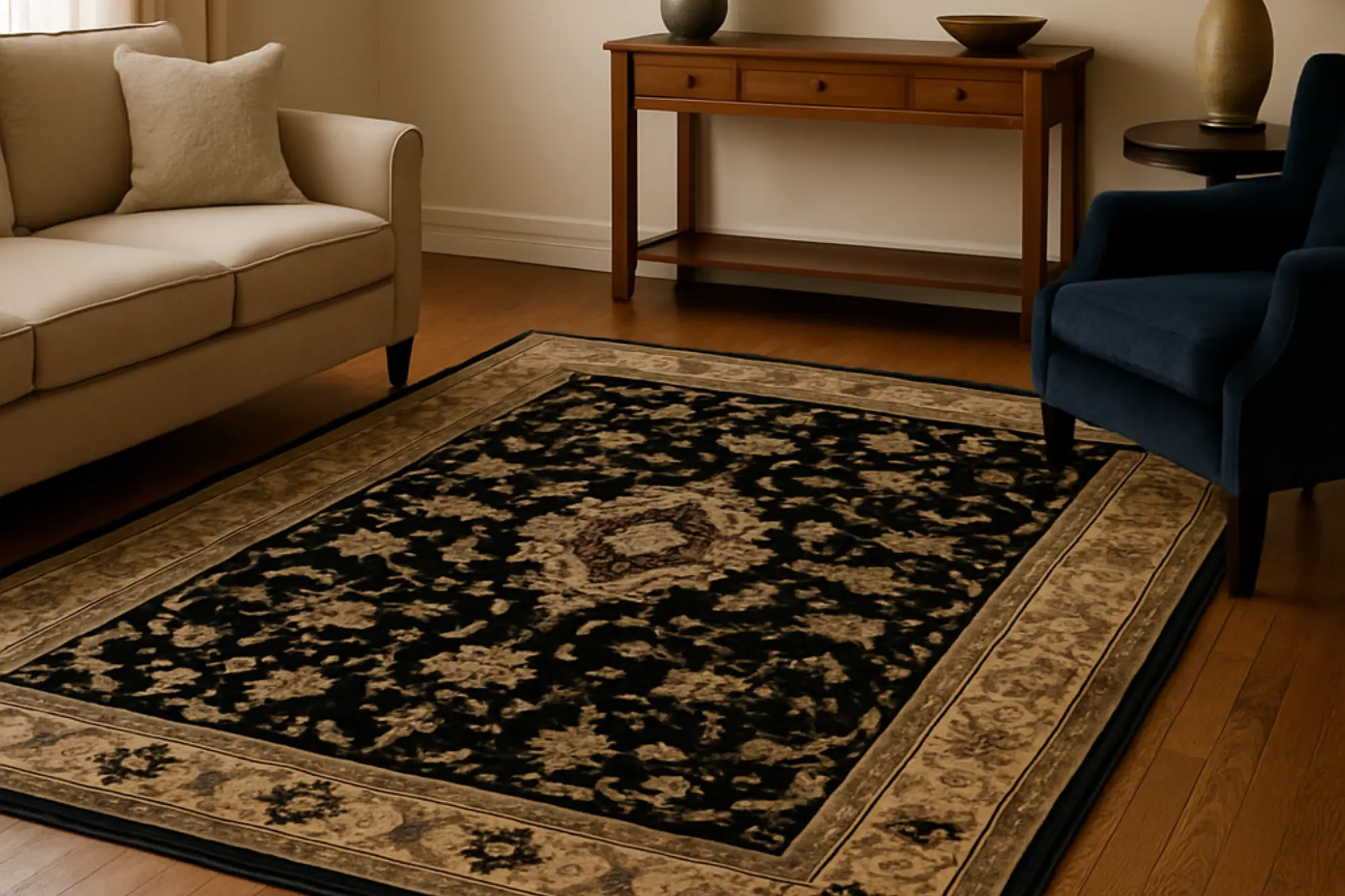A quick guide to hand-tufted, hand-knotted & handloom rug
Nowadays, rugs are made by machine, but in the old days, rugs were made by hand. There are many different kinds of handmade rugs and different techniques for making them that are still put into practice today. This brief guide is trying to show you the main techniques used in rug making: from tufting to knotting, from weaving on a loom to braided pile weaving.
The ways in which these rugs are made will surprise you and probably allow you to understand how is it that some kinds of rugs are more valuable than others. We will review the process behind the making of each rug and how to tell them apart from other less valuable, machine-made rugs.
Read on, and we'll break down the details of what makes hand-tufted, hand-knotted, and hand-loom rugs.
In antiquity, what we know as area rugs were only made by nomadic tribes and ancient civilizations. While these rugs were made by the women of the tribe or civilization, they were very intricately woven with intricate designs, remains of their art, and stories of their past.

The early methods of Oriental rugs weaving include knitting and knot-weaving. Knitting was used to create a coarse thread which was then twisted with another coarse thread making cordage that was then threaded onto a stick to make a loom. Knot-weaving consisted of creating knots on a string to create a yarn that could be formed into a loom.
There are many methods to create a rug, and among these many methods, there are these three hand-made techniques, which can all create beautiful decor pieces. The most known and acclaimed one among homeowners and decor experts is of course the hand-knotting method, which has for many years delivered gorgeous and very resistant pieces. However, these two relatively new methods are fabulous options as well.
We will get to review each of them separately:
Handknotted rugs

A hand-knotted rug is one that has been properly and intricately knotted by hand with the use of a pile, these are one-of-a-kind rugs It takes expert hand-knotters to work in rugs between 4 to 6 months to achieve the desired results.
In these Persian knot rugs, a higher knot density will enrich the piece by delivering a thicker pile, and that is why, starting at about 40 knots, these rugs increase their prices up until they reach 2000 knots per square inch. Once your rug is over 100 knots, it can be considered a high-quality rug, and this thick pile can be translated into endurability.
These rugs are made by meticulously tying every single knot in a rug. Each color of the yarn is chosen according to the design that had been previously made and then knotted (tied) onto the “warp”, which are threads put vertically oriented, making it easier to make the knots and build the rug.
Handloom rugs

What is a handloom rug? Simply put, a handloom rug is a floor rug made with the handloom weaving technique. But what exactly is the process through which we obtain a hand-loomed rug? We are to find out:
Without the use of any electricity. The weaving is done in a handloom, which is a wooden machine assembled in order to interlace two sets of vertical “warp” and horizontal “weft” yarns. The machine holds the vertical set of threads under tension and then makes it possible for expert rug makers to interweave the horizontal threads over and above using a weaving shuttle.
This same process is repeated several times in order to create a hand-loomed fabric.
Hand-tufted rugs

This is the most modern technique to handcraft a rug. It involves a tufting machine, and it consists of having a canvas stretched on a frame, with the desired design, previously drawn using a pencil, and pushing the threads through it with the help of a hand-operated tool.
This process does not require the same level of expertise as the other two methods, and it sure does not need the same amount of time. For instance, an 8x10 hand-tufted rug can be made in the span of one or two days, while a hand-knotted rug takes much longer.
This technique renders rugs that are as beautiful. Furthermore, the many designs this new printed hand-tufted rug technique can deliver can range from Persian traditional patterns to completely customized images. Resistance, however, is not one of its strengths, for the tufts tend to loosen up over time.
Differences between hand-knotted, hand-loomed, and hand-tufted rugs
As you may have found now that the main differences between the three types of rugs are their weaving methods. The first two are still acclaimed by decor experts, for they represent not only an investment in your house ambiance but also in your own future.
There is a very wide range of hand-made rugs, but you must keep in mind that good-quality hand-made rugs can be a collector's item and be sold for thousands of dollars.
How can you tell if a rug is Handmade?
Knowing whether you are dealing with a handwoven rug or not can be difficult, but here are 2 main ways you can tell:
1. First, use your eyes – look at the patterns and how even they are. If the patterns are uneven, there is a good chance that it is hand-knotted. Machine-made rugs are quite perfectly made, but bound to last much less than handmade ones.
2. You may want to inspect the back of the rug for signs of craftiness. The knots should be spaced farther apart and should appear as tiny bumps in a row on either side of one another with no space in between them.
Which kind of rug is best for our home?
If you are looking for beauty and resistance, we strongly advise you to get a hand-knotted or hand-loomed solid rug over hand-tufted ones, for it is this type of method that will assure complete sustainability and endurance in your family room or living room.
It may be difficult to find an online site that sells authentic high-quality hand-made rugs, but do not despair, for here at Magic Rugs we have prepared a collection of the most beautiful and suitable hand-made rugs to embellish your spaces, be it a viscose rug, a bamboo silk rug, a Gabbeh rug, Persian or Indian rugs… be it a square or a round rug, we have everything you need.
Explore more trending collections!
Share:




